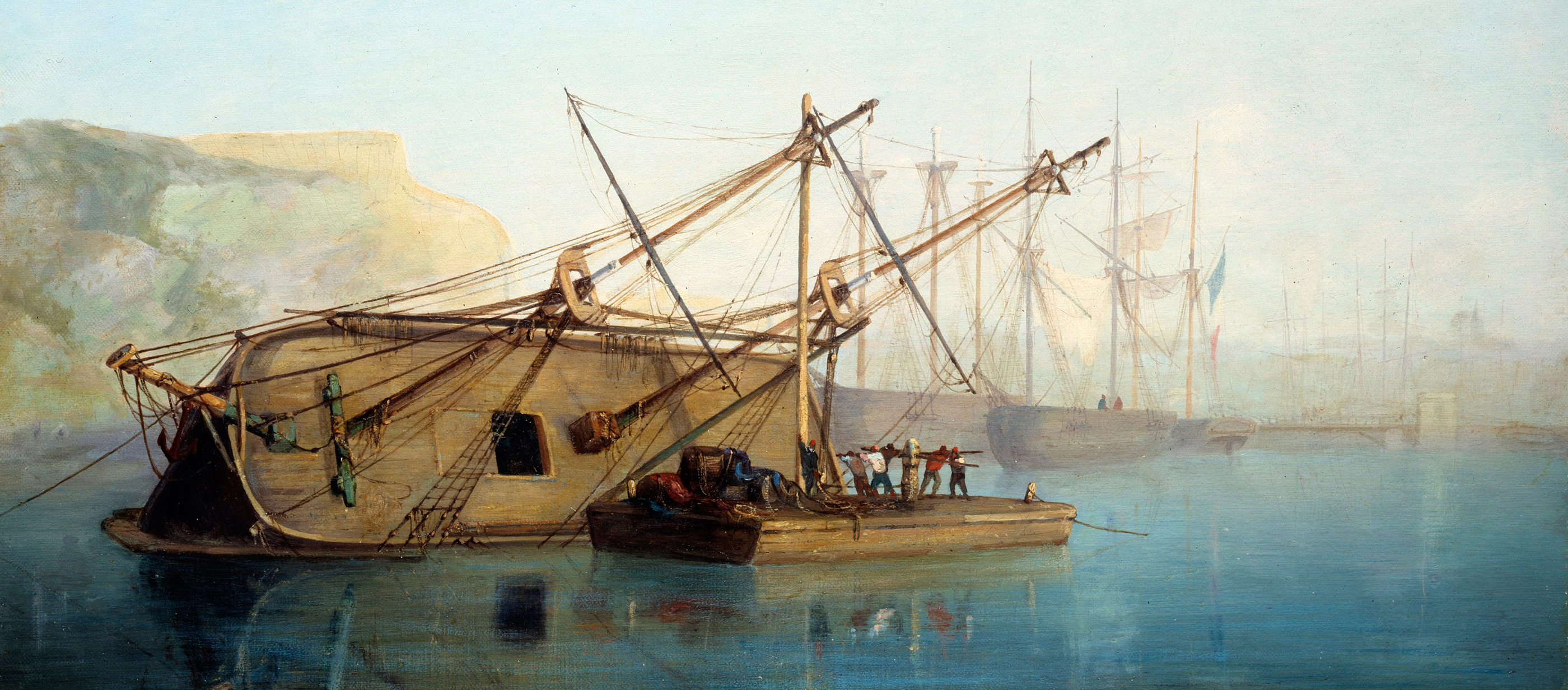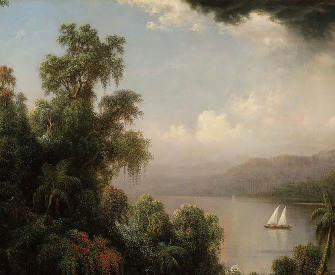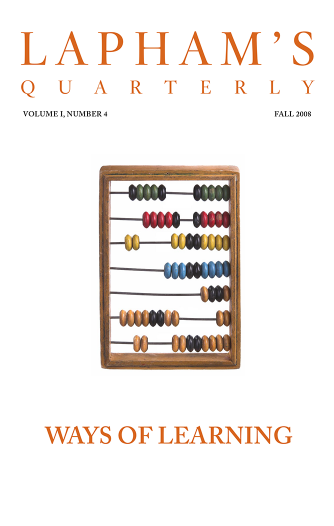Seafarers go to sleep in the evening not knowing whether they will find themselves at the bottom of the sea the next morning.
—Jean de Joinville, 1305Infinite Solitude
Gabriel García Márquez alone and adrift.
At first it seemed impossible that I had been alone at sea for three hours. But at five o’clock it seemed I might have to wait yet another hour. The sun was setting. It got very big and red in the west, and I began to orient myself. Now I knew where the planes would appear: with the sun to my left, I stared straight ahead, not moving, not daring to blink, not diverting my sight for an instant from the direction in which, by my bearings, Cartagena, Colombia, lay.
By six o’clock my eyes hurt. But I kept watching. Even after it began to get dark, I watched with stubborn patience. I knew I wouldn’t be able to see the planes, but I would spot their red and green lights heading toward me before I heard the noise of the engines. I wanted to see the lights, forgetting that, in the darkness, no one in the planes would see me. Soon the sky turned red, and I continued to search the horizon. Then it turned a deep violet, as I kept watching. To one side of the life raft, like a yellow diamond in a wine-colored sky, the first star appeared, immobile and perfect. It was like a signal: immediately afterward, night fell.
The first thing I felt, plunged into darkness so thick I could no longer see the palm of my hand, was that I wouldn’t be able to overcome the terror. From the slapping of the waves against the sides, I knew the raft was moving, slowly but inexorably. Sunk in darkness, I realized I hadn’t felt so alone in the daytime. I was more alone in the dark, in a raft that I could no longer see, but could feel beneath me, gliding silently over a dense sea filled with strange creatures. To make myself less lonely, I looked at the dial of my watch. It was ten minutes to seven. Much later—it seemed as if two or three hours had passed—it was five minutes to seven. When the minute hand reached twelve, it was exactly seven o’clock and the sky was packed with stars. But to me it seemed that so much time had passed, it should now be nearly dawn. Desperately I went on thinking about the planes.
I started to feel cold. In a life raft it’s impossible to stay dry even for a minute. Even if you are seated on the gunwale, half your body is underwater because the bottom of the raft is shaped like a basket, extending more than half a meter below the surface. By eight o’clock the water was not as cold as the air. I knew that at the bottom of the raft I was safe from sea creatures because the rope mesh that protected the bottom prevented them from coming too close. But that’s what you learn in school, and that’s what you believe in school, when the instructor puts on a demonstration with a scale model of the life raft and you’re seated on a bench among forty classmates at two o’clock in the afternoon. When you’re alone at sea at eight o’clock at night, and without hope, the instructor’s words make no sense at all. I knew that half of my body was in a realm that didn’t belong to men but to the creatures of the sea, and that despite the icy wind whipping my shirt, I didn’t dare move from the gunwale. According to the instructor, that was the least safe part of the raft. But all things considered, it was only there that I felt far enough away from the creatures: those immense unknown beasts I could hear passing the raft.
That night I had trouble finding Ursa Minor, lost in an endless maze of stars. I had never seen so many. It was hard to locate an empty space in the entire span of the sky. Once I spotted Ursa Minor, I didn’t dare look anywhere else. I don’t know why I felt less alone looking at Ursa Minor.
My first night at sea seemed very long because absolutely nothing happened. It is impossible to describe a night on a life raft, when nothing happens and you’re scared of unseen creatures and you’ve got a watch with a glowing dial that you can’t stop checking even for a minute. The night of February 28—my first night at sea—I looked at my watch every minute. It was torture. In desperation, I swore I would stop doing it and I’d stow the watch in my pocket, so as not to be so dependent on the time. I was able to resist until twenty to nine. I still wasn’t hungry or thirsty, and I was sure I could hold out until the following day, when the planes would arrive. But I thought the watch would drive me crazy. A prisoner of anxiety, I took it off my wrist to stuff it in my pocket, but as I held it in my hand it occurred to me that it would be better to fling it into the sea. I hesitated a moment. Then I was terrified: I thought I would feel even more alone without the watch. I put it back on my wrist and began to look at it again, minute by minute, as I had in the afternoon when I searched the horizon for airplanes until my eyes began to hurt.
After midnight I wanted to cry. I hadn’t slept for a moment, but I hadn’t even wanted to. With the same hope I had felt in the afternoon as I waited for airplanes, that night I looked for the lights of ships. For hours I scrutinized the sea, a tranquil sea, immense and silent, but I didn’t see a single light other than the stars.

Ship On its Side for Repairs, by Auguste Aiguier, 1846. Musée de la Marine et de l'Economie de Marseille.
The cold was more intense in the early hours of morning, and it seemed as if my body were glowing, with all the sun of the afternoon embedded under my skin. With the cold, it burned more intensely. From midnight on, my right knee began to hurt and I felt as though the water had penetrated to my bones. But these feelings were remote: I thought about my body less than about the lights of the ships. It seemed to me, in the midst of that infinite solitude, in the midst of the sea’s dark murmur, that if I spotted the light of only a single ship, I would let out a yell that could be heard at any distance.

Gabriel García Márquez
From The Story of a Shipwrecked Sailor. García Márquez was a twenty-six-year-old reporter for El Espectador when news broke that the Caldas, a Colombian navy destroyer, had been lost in a storm. All of the crew members were presumed dead until Luis Alejandro Velasco washed ashore after a ten-day stint on a life raft. Velasco sold his story to El Espectador, and García Márquez wrote it, as a journalistic reconstruction. The Colombian dictator Gustavo Rojas Pinilla eventually closed the newspaper because the narrative did not square with his government’s version of events.




